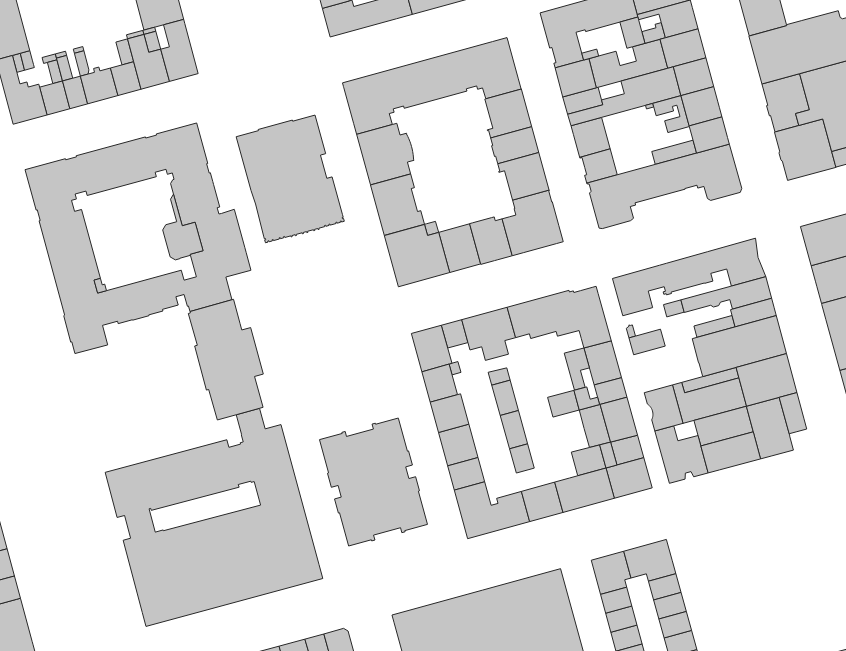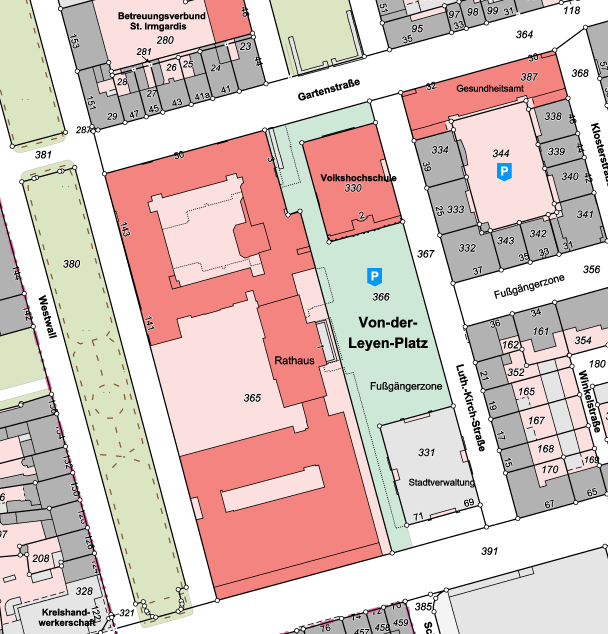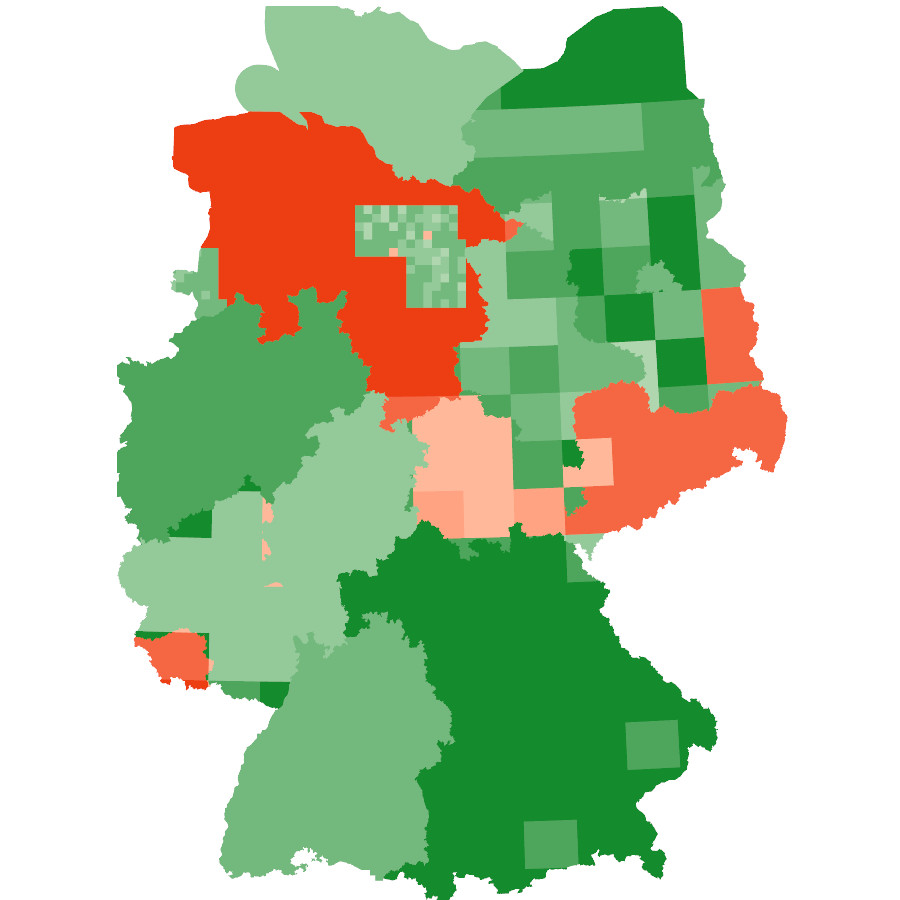cl_maintenanceAndUpdateFrequency
daily
1628 record(s)
Provided by
Type of resources
Available actions
Topics
Keywords
Contact for the resource
Update frequencies
Service types
-
-

-
-

-

-
-
---- The bulletin collects TEMP reports: FM 35 (TEMP, Upper-level pressure, temperature, humidity and wind report from a fixed land station). (Refer to WMO No.306 - Manual on Codes for the definition of WMO international codes) ---- The UELV10 TTAAii Data Designators decode (2) as: T1 (U): Upper air data. T2 (E): Upper level pressure, temperature, humidity and wind (Part D). A1A2 (LV): Latvia. (2: Refer to WMO No.386 - Manual on the GTS - Attachment II.5) ---- The bulletin collects reports from stations: Skriveri ---- WMO No.9 - Volume C1 'Remarks' field: TEMPORARILY SUSPENDED
-
-
---- The bulletin collects TEMP reports: FM 35 (TEMP, Upper-level pressure, temperature, humidity and wind report from a fixed land station). (Refer to WMO No.306 - Manual on Codes for the definition of WMO international codes) ---- The UKLV10 TTAAii Data Designators decode (2) as: T1 (U): Upper air data. T2 (K): Upper level pressure, temperature, humidity and wind (Part B). A1A2 (LV): Latvia. (2: Refer to WMO No.386 - Manual on the GTS - Attachment II.5) ---- The bulletin collects reports from stations: Skriveri ---- WMO No.9 - Volume C1 'Remarks' field: TEMPORARILY SUSPENDED
-

A large number of offshore projects are planned and implemented in the German Exclusive Economic Zone or on the continental shelf. These include wind farm projects, the connection of wind farms to the power grid by means of so-called grid connection systems, the construction and laying of other submarine cables and pipelines, the installation of measuring points and finally the performance of research activities.
 www.geodatenkatalog.de (S3L)
www.geodatenkatalog.de (S3L)